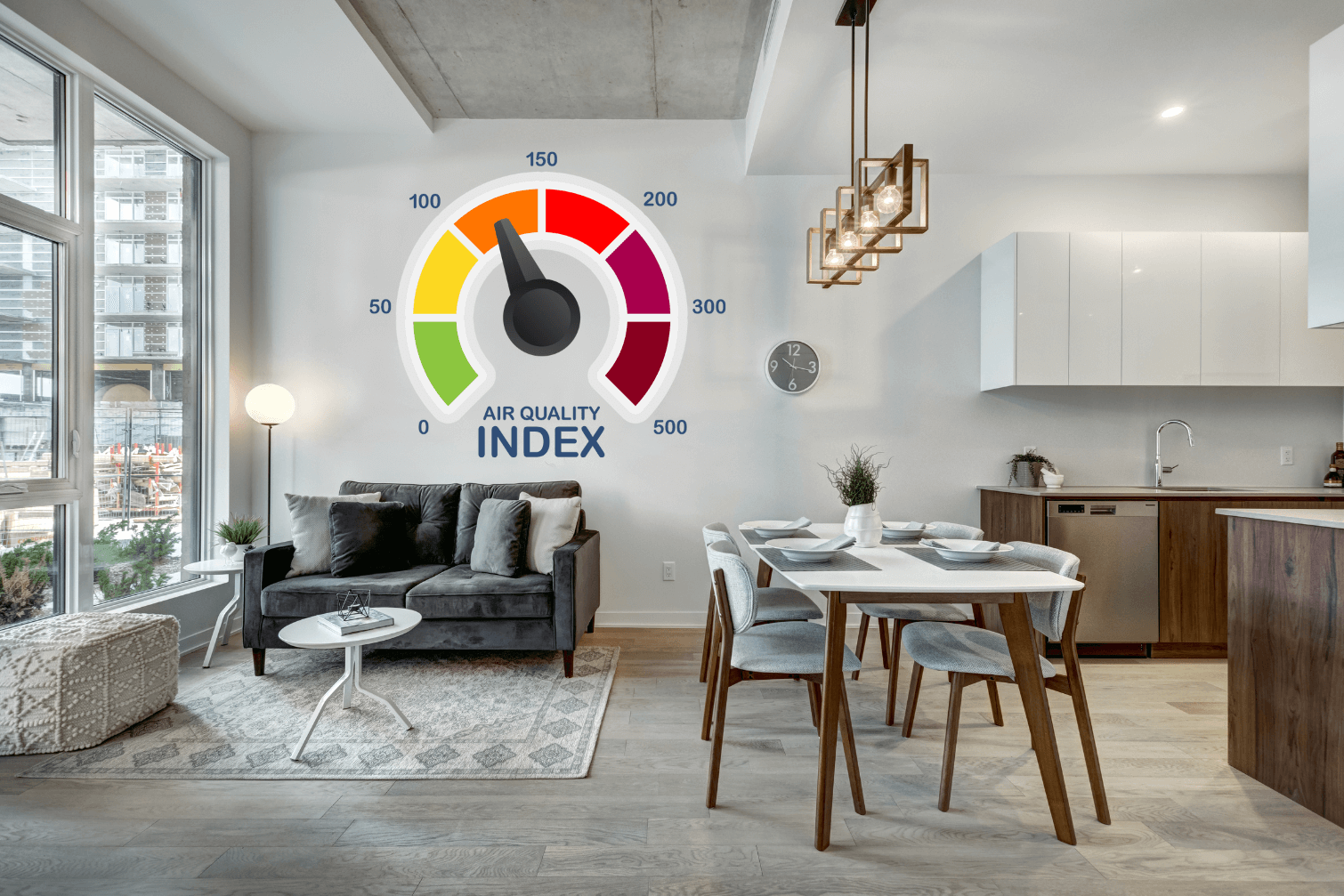Indoor air quality (IAQ) is a significant concern for apartments.
With limited space and ventilation, maintaining clean and healthy air can be a challenge. However, there are practical steps you can take to improve the air quality in your apartment.
This post will provide actionable tips and solutions to help you breathe easier in your home.
Understanding Apartment Indoor Air Quality
- Recognize the importance of indoor air quality in apartments
- Learn about common pollutants that can affect apartment IAQ
- Understand the potential health effects of poor indoor air quality
The quality of indoor air in apartments can significantly impact your health and comfort.
Common pollutants include dust, mold, pet dander, and chemicals from cleaning products.
These pollutants can cause a range of health issues, from allergies and asthma to more severe conditions.
Checking Indoor Air Quality in Your Apartment
- Invest in an indoor air quality monitor
- Regularly check for signs of mold and mildew
- Be aware of unusual odors or persistent health issues
One of the first steps to improving your apartment’s indoor air quality is to understand the current state of your air.
An indoor air quality monitor can help you track pollutants and humidity levels. Regular checks for mold and mildew and paying attention to unusual odors or persistent health issues can also indicate problems with your indoor air quality.
Practical Tips to Improve Apartment IAQ
- Regularly clean and declutter your living space
- Use air purifiers and humidifiers as needed
- Opt for natural cleaning products to reduce chemical pollutants
Improving your apartment’s indoor air quality often involves regular cleaning and decluttering to reduce dust and other pollutants.
Air purifiers can help remove pollutants, while humidifiers can maintain optimal humidity levels. Switching to natural cleaning products can also help reduce chemical pollutants in your air.
Using Apps to Monitor Indoor Air Quality
- Explore apps that provide real-time air quality data
- Use these apps to track improvements over time
- Leverage technology to maintain a healthy living environment
There are several apps available that can provide real-time data on your indoor air quality.
These apps can help you track improvements over time and understand the impact of your actions. Leveraging technology in this way can be a powerful tool in maintaining a healthy living environment.
By understanding the importance of indoor air quality and taking practical steps to improve it, you can create a healthier and more comfortable living space in your apartment.
Remember, improving indoor air quality is a continuous process, but it’s an achievable goal with the right tools and habits.
You can improve your apartment air by cleaning regularly to reduce dust and allergens, using air purifiers to remove pollutants, and opting for natural cleaning products to lessen chemical pollutants. Also, consider using an indoor air quality monitor to track improvements.
To fix poor ventilation, open windows when weather permits to allow fresh air in. Use exhaust fans in your kitchen and bathroom to remove moisture and odors. If possible, consider adding plants that can help purify the air.
Bad air quality in an apartment can be caused by various factors including dust, mold, pet dander, and chemicals from cleaning products. Poor ventilation can also contribute to poor indoor air quality by not allowing pollutants to escape.




